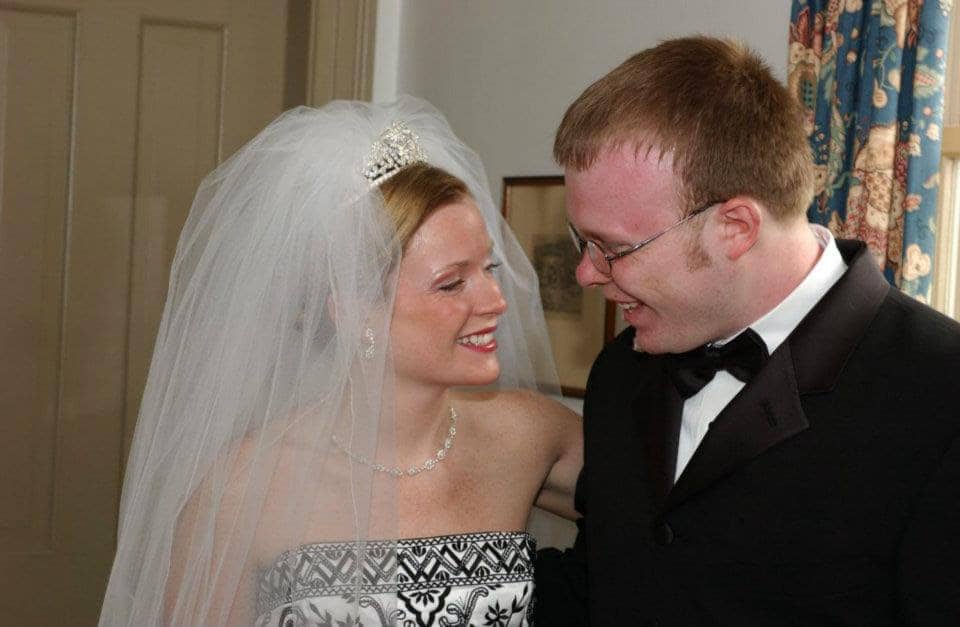Tom is a six year old boy who is struggling in math so his parents hire a private tutor for him after school.
On the first day, the tutor is helping Tom with his basic addition and subtraction. She notices a large bowl of oranges and bananas in the kitchen so she decides to use them as a visual aid.
She places three oranges on the table in front of him and asks, “How many oranges do you have?”
“Four,” Tom replies.
The tutor says, “That’s close, but not correct.” She then points to each orange as she counts out loud, “One, two, three.”
Again she asks, “How many oranges do you have?”
“Four,” Tom answers.
The tutor thinks that maybe Tom doesn’t like oranges, so she replaces them with three bananas and asks, “How many bananas do you have?”
“Three,” Tom says.
“Good!” the tutor exclaims.
Then she quickly replaces the three bananas with the three oranges and asks, “Ok, now how many oranges do you have?”
“Four,” Tom says confidently.
A bit frustrated, the tutor points to each orange and counts them out for him again, “One, two, three. See Tom…you only have three oranges.”
Tom reaches into his backpack, pulls out an orange, and places it on the table next to the other three.
“You asked me how many oranges I have, and I’ve always had four,” he says with a grin.
This story teaches us a valuable lesson about misperception. Because the tutor was hired to help Tom with his math, she assumed that if Tom gave her what she perceived to be a wrong answer, then he must be incorrect when, in fact, she was wrong all along.
Here’s another short story to further illustrate the point…
Two identical twins grow up with a lazy, unemployed father and a distant, alcoholic mother. They have virtually identical lives until they graduate high school.
20 years later one of them is happily married with a good job and three beautiful children. The other is single, unemployed, and an alcoholic.
At a family reunion their uncle asks each one of them the same question individually:
“How did you become who you are today?”
The first son answered, “With parents like mine, what did you expect?”
The second son answered, “With parents like mine, what did you expect?”
That story powerfully illustrates how different perceptions can become reality. The first son’s perception of his childhood is precisely what made him the opposite of his parents, while the second son’s perception is what made him exactly the same as his parents.
It’s an identical situation with two different perceptions that led to two different realities.
The definition of perceive is “become aware or conscious of (something); come to realize or understand.”
Did you catch the key word in the definition? Here’s a hint… it’s the word in parentheses. Notice that the definition doesn’t define exactly what it is we become aware or conscious of or specifically what we come to realize or understand.
British author Iris Murdoch once said, “We live in a world of illusion. The great task in life is to find reality.”
200 years earlier 18th century Scottish philosopher David Hume penned the thought, “To hate, to love, to think, to feel, to see…all this is nothing but to perceive.”
But my favorite quote on the subject sums up the concept most succinctly…
“There is no truth. There is only perception.” -Gustave Flaubert
So what’s my point?
Who you really are may not be as important as who people perceive you to be. Obviously it’s important to feel good about yourself and the impact you make on others. But to have the greatest fulfillment in life most of us want to feel like other people see us as being important. That’s why it’s critical not just to control our reality, but to also do our best to control the reality of how people perceive us.
Undoubtedly you’ve heard the old saying, “Don’t judge a book by its cover.” You’ve also heard the expression, “Perception is reality.” Do you know the difference between the two?
One is good advice; the other is a fact of life.












